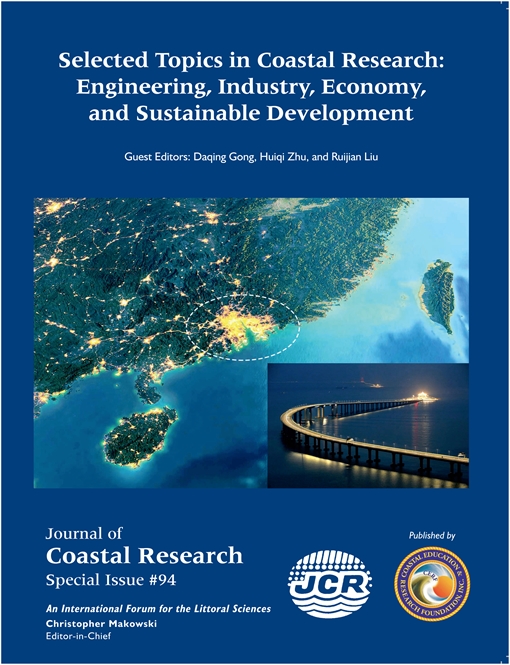Shuai, W.-Y. and Yan, D., 2019. Technical analysis of marine GNSS precision positioning information processing. In: Gong, D.; Zhu, H., and Liu, R. (eds.), Selected Topics in Coastal Research: Engineering, Industry, Economy, and Sustainable Development. Journal of Coastal Research, Special Issue No. 94, pp. 165–168. Coconut Creek (Florida), ISSN 0749-0208.
Since 1994, there have been more than 20 global tide models GOT00.2 and TPXO. The accuracy is increased to a few centimetres, and the resolution is also increased to 0.125°×0.125°. The literature evaluated the accuracy of the FES95.2, FES99, and GOT00.2 models using 140 IGS stations distributed around the world and found that the three models were generally in good agreement with the GNSS estimates. LFG/OLMPP, SPOTL and CARGA are the mainstream software for calculating the precise positioning displacement of marine GNSS. When the LFG/OLMPP software is used to calculate the precise positioning displacement of marine GNSS in coastal areas, the difference between the results obtained by different ocean tide models is 20%.





